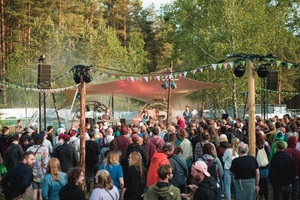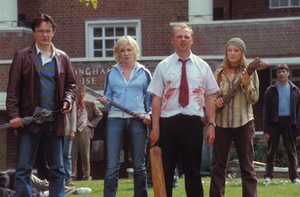Hannes Heer: Die Rückkehr der Täter. Eine Archäologie der Nazi- und der Nachkriegszeit
In the organizer's words:
Myths of everyday life. "I can't see the Bose anymore."
The Bellaria Cinema in Vienna.
Südwestfunk, 1989, 45 min.
Joseph Beuys, Kleve. An Inner Mongolia.
WDR/Arte 1991, 30 min.
Understanding and overcoming multiple crises - hamburg.de
Nazi Germany's bid for world power ended in total defeat and the loss of almost 40 million victims - 30 million Russians and Ukrainians, 6 million Poles, 2 million Yugoslavs, 500,000 Czechoslovaks. Among them were 5 million Jews, to which must be added 1.3 million murdered Jews from western and south-eastern Europe and 500,000 Sinti and Roma. As early as 1946, there were two papers on the question of guilt for these crimes: Karl Jaspers saw the political guilt of all Germans in having allowed "such a regime to arise in our country" in 1932/33. Hannah Arendt stated the state of "total complicity of the German people" for the final period of the regime from 1940/41 and spoke of a "'national community' of crime."
However, post-war West German society negated this diagnosis and opted for a policy of amnesty and amnesia: the Federal Republic, founded in 1949, integrated the majority of Nazi elites and loyal civil servants into the new polity. At the same time, the Germans erased the crimes of the past from their collective memory: "By the mid-1950s," summarized historian Norbert Frei, "a public consciousness had prevailed that attributed responsibility for the atrocities of the 'Third Reich' solely to Hitler and a small clique of major war criminals, while granting the Germans as a whole the status of politically seduced people who had ultimately been victimized by the war and its consequences."
This content has been machine translated.Price information:
1o€ 7,50€ reduced













